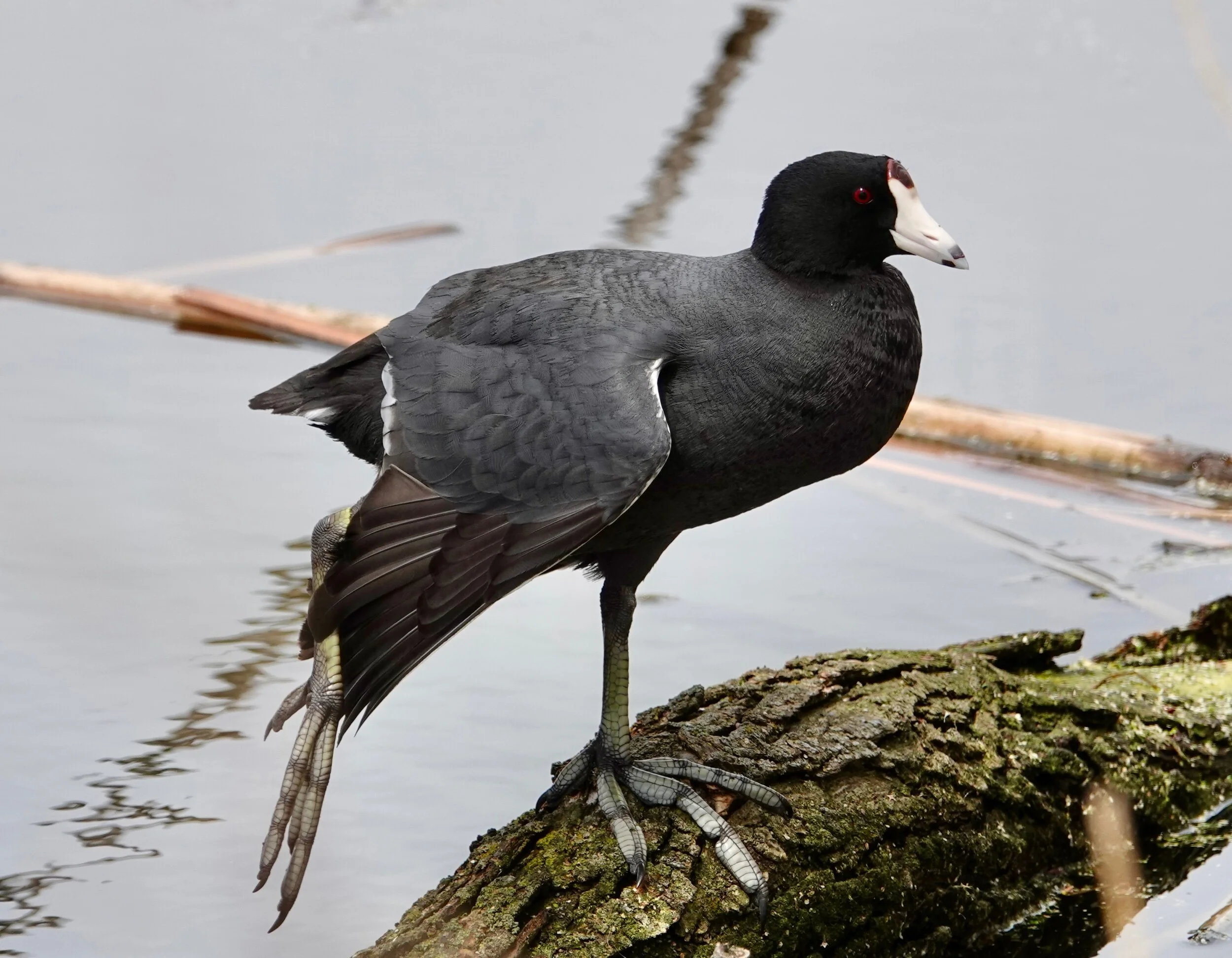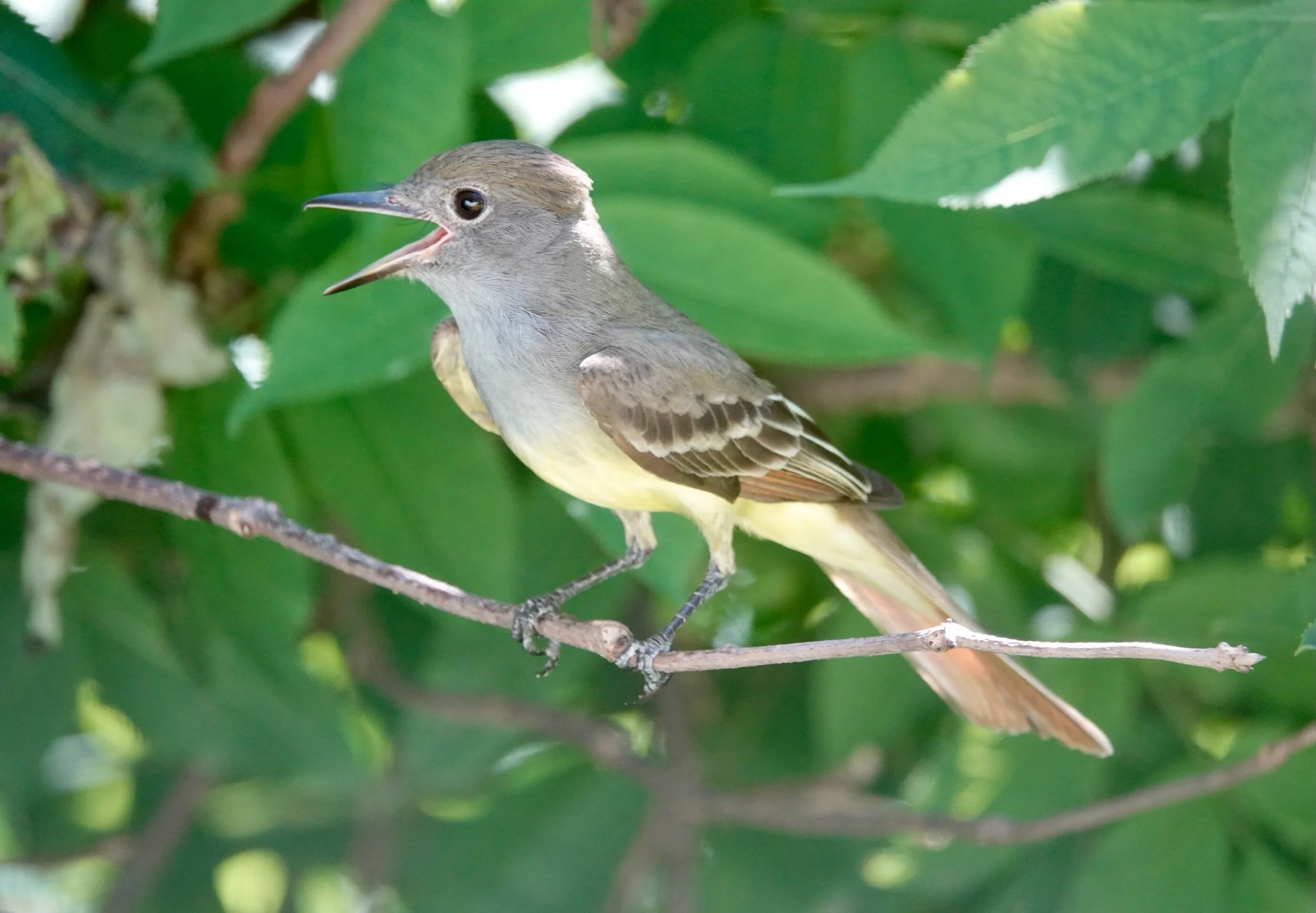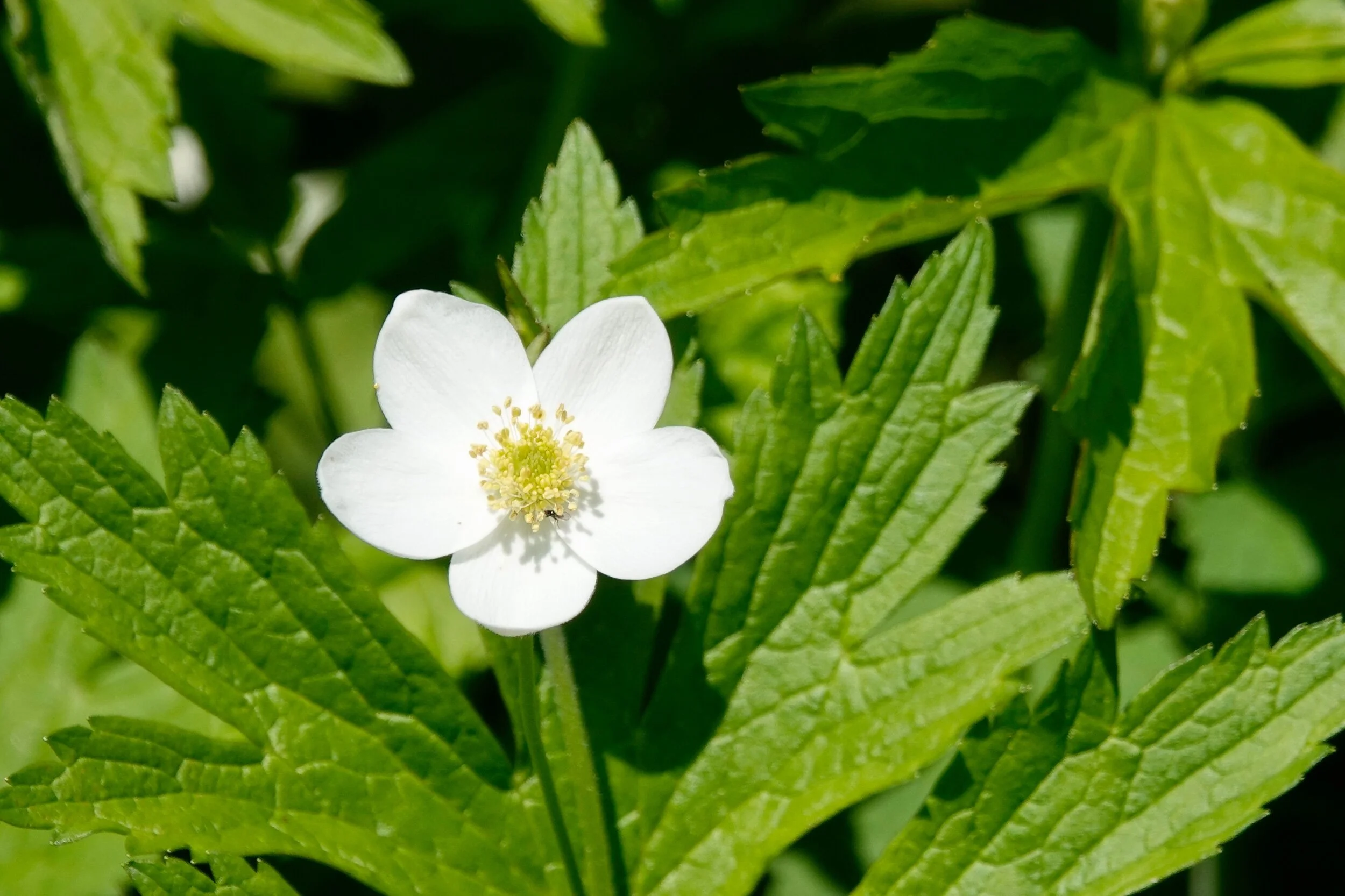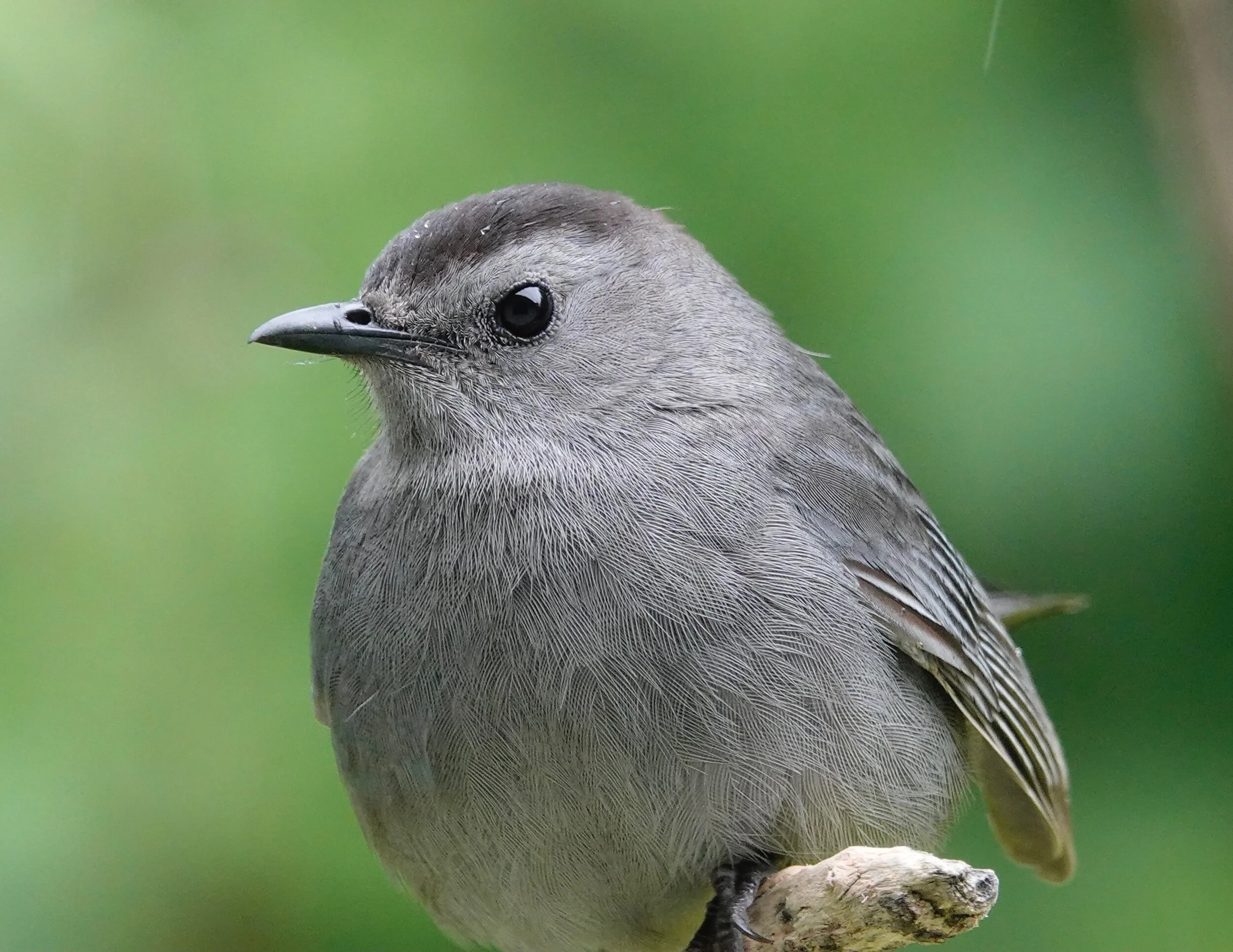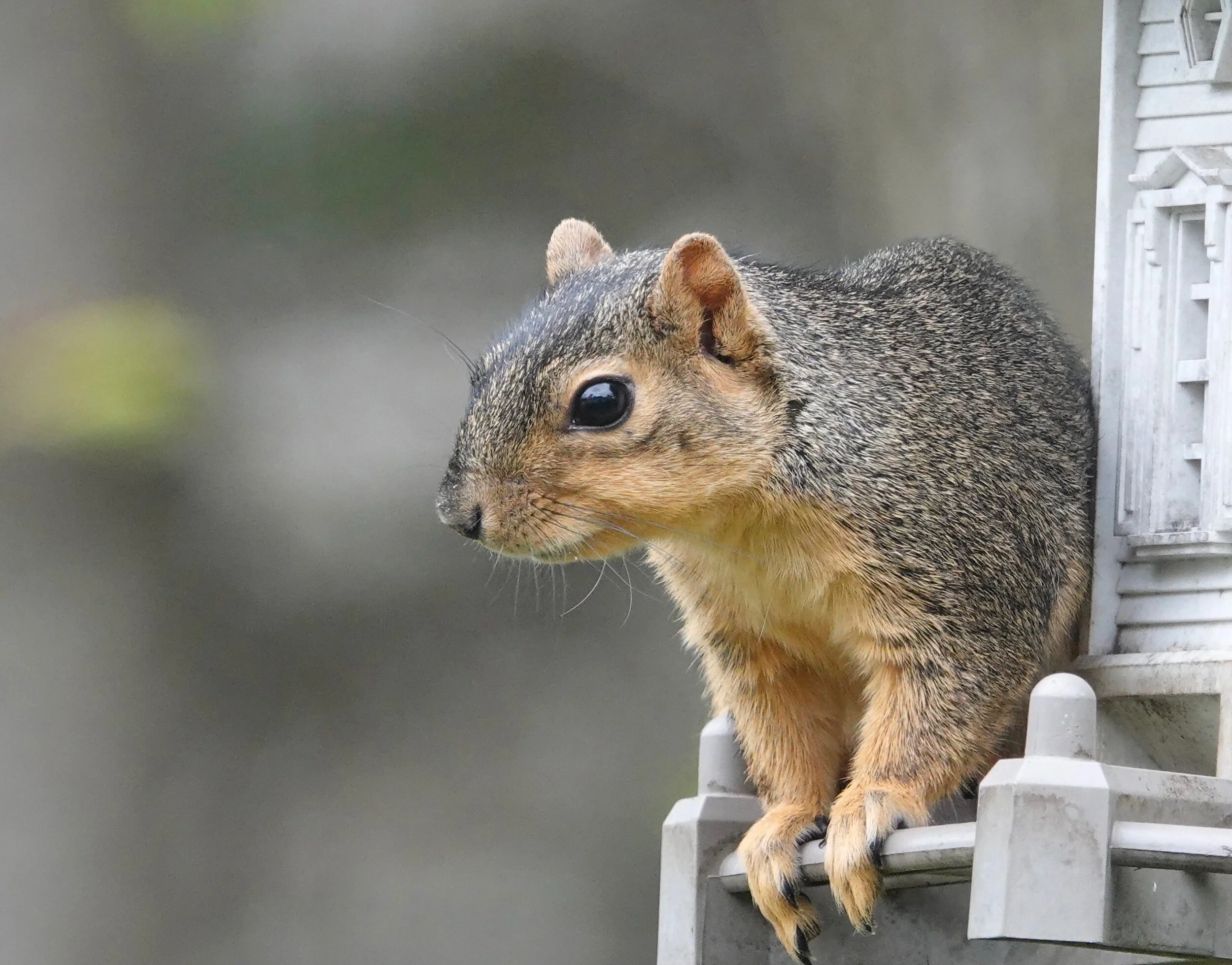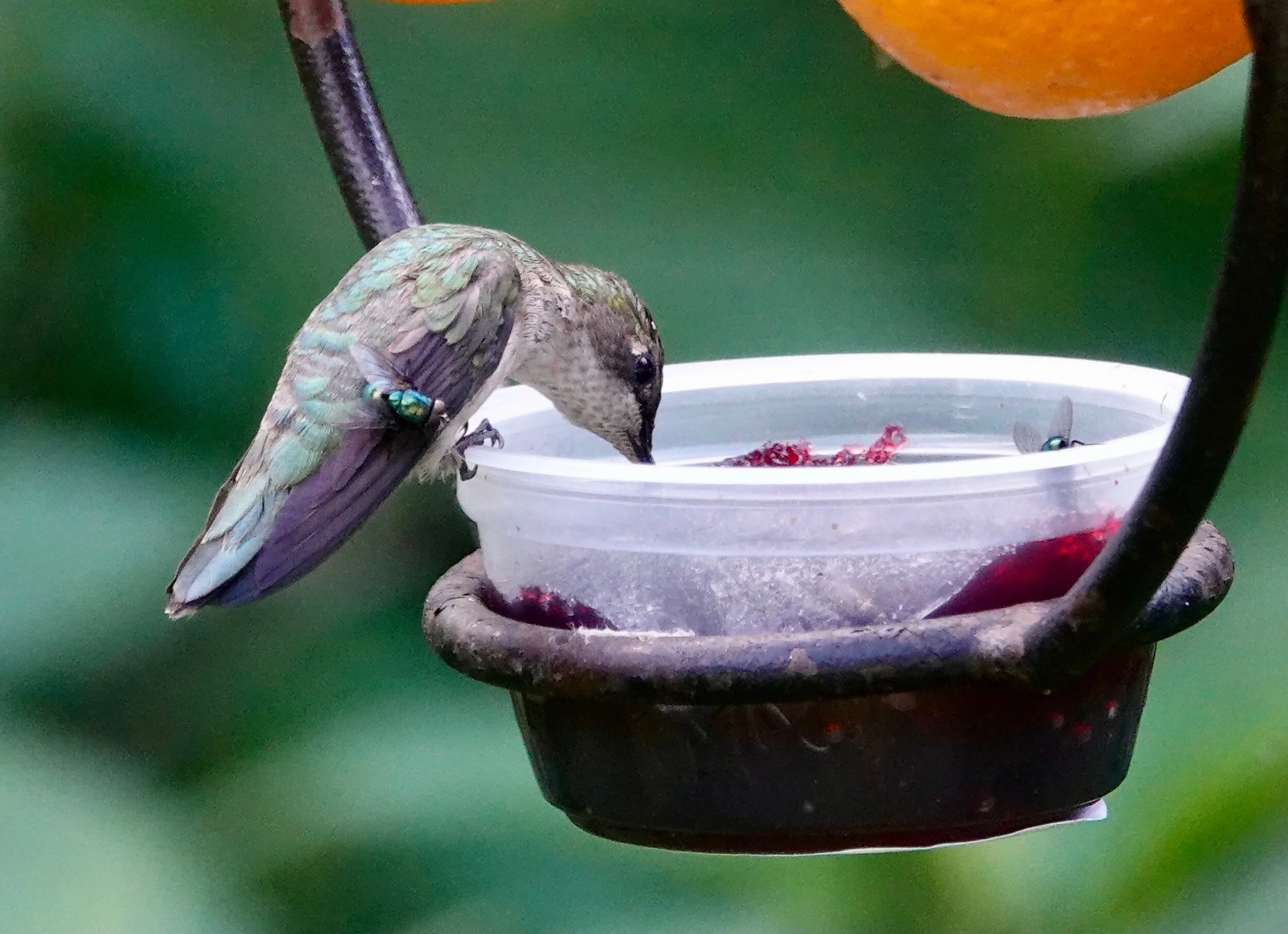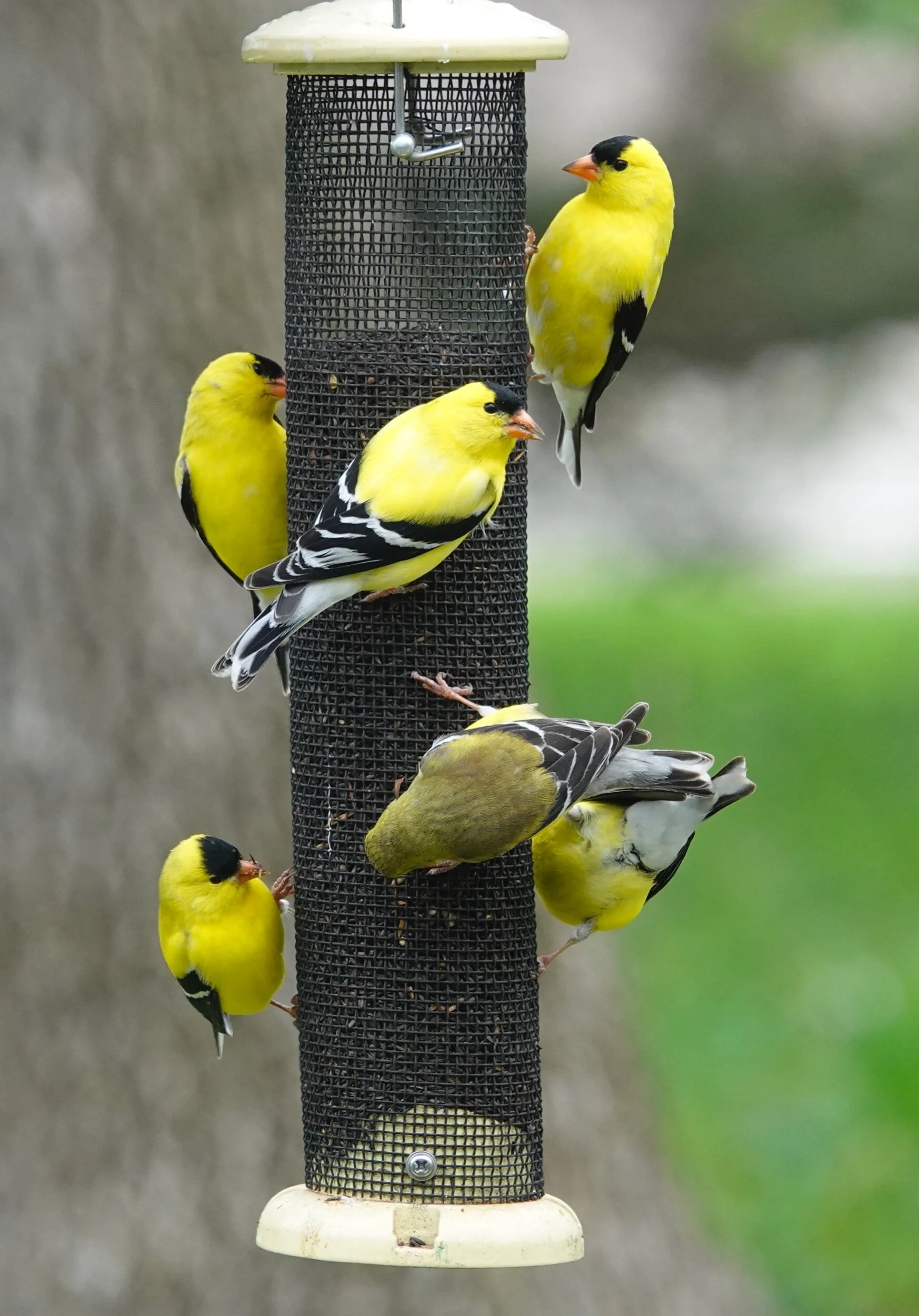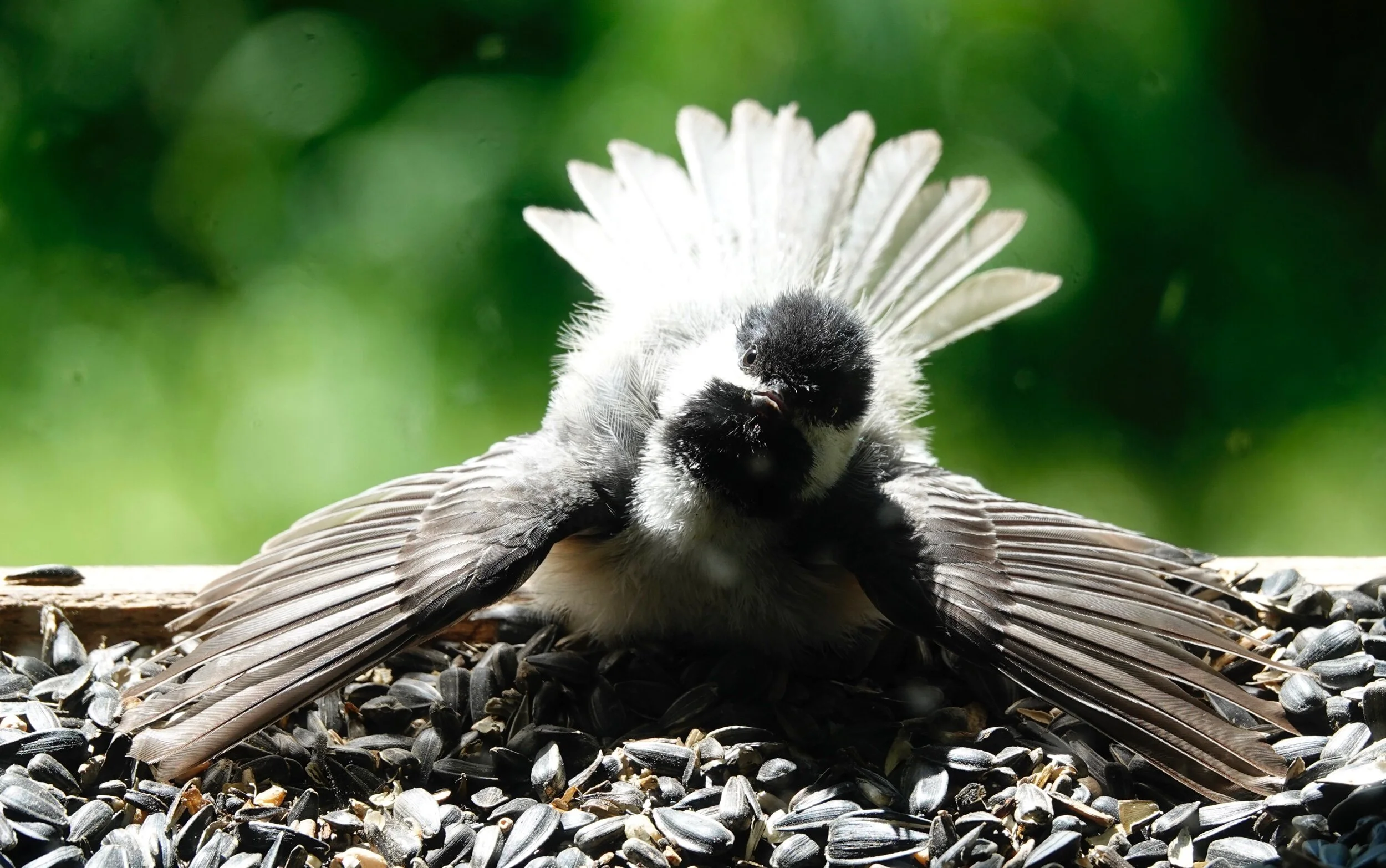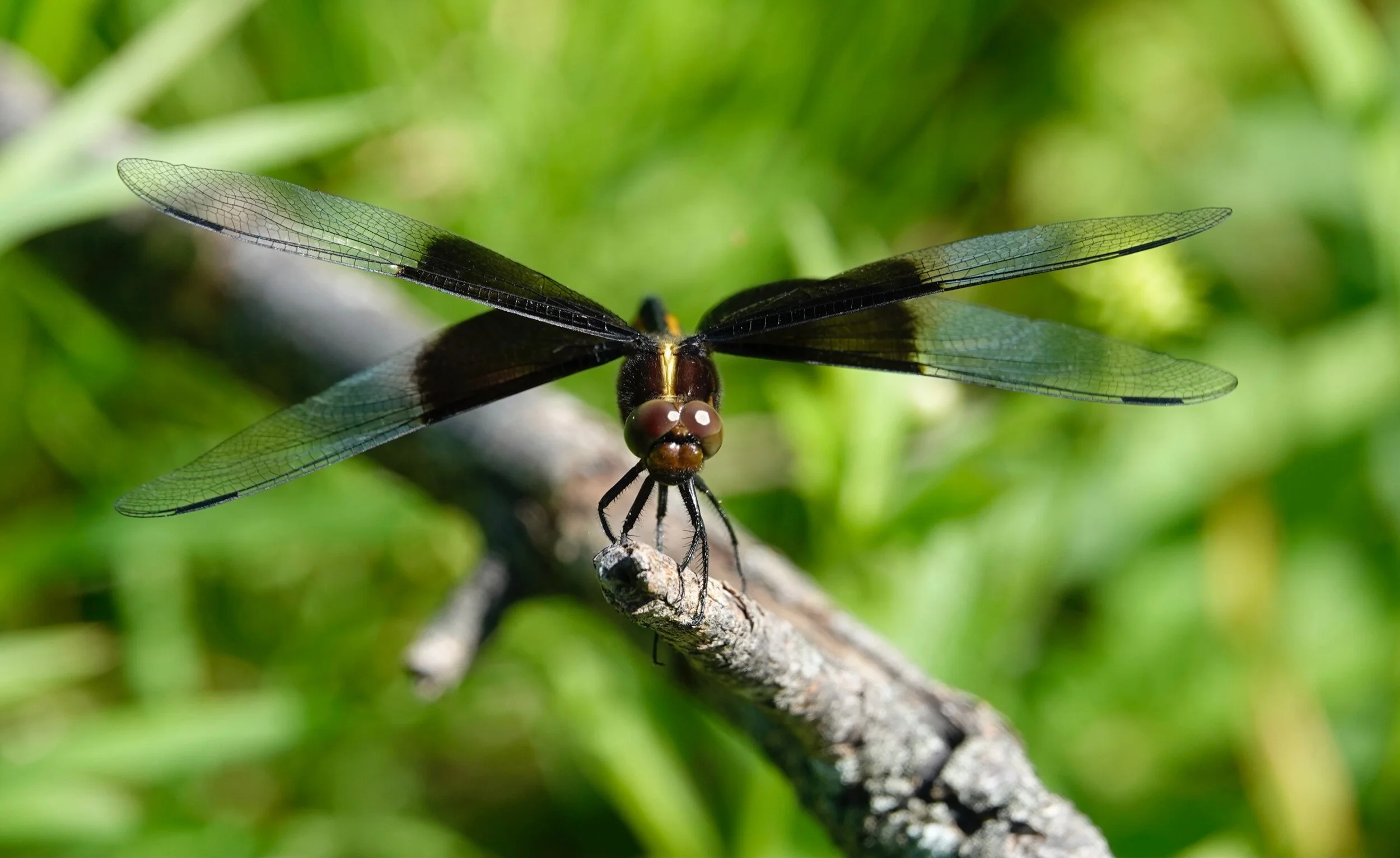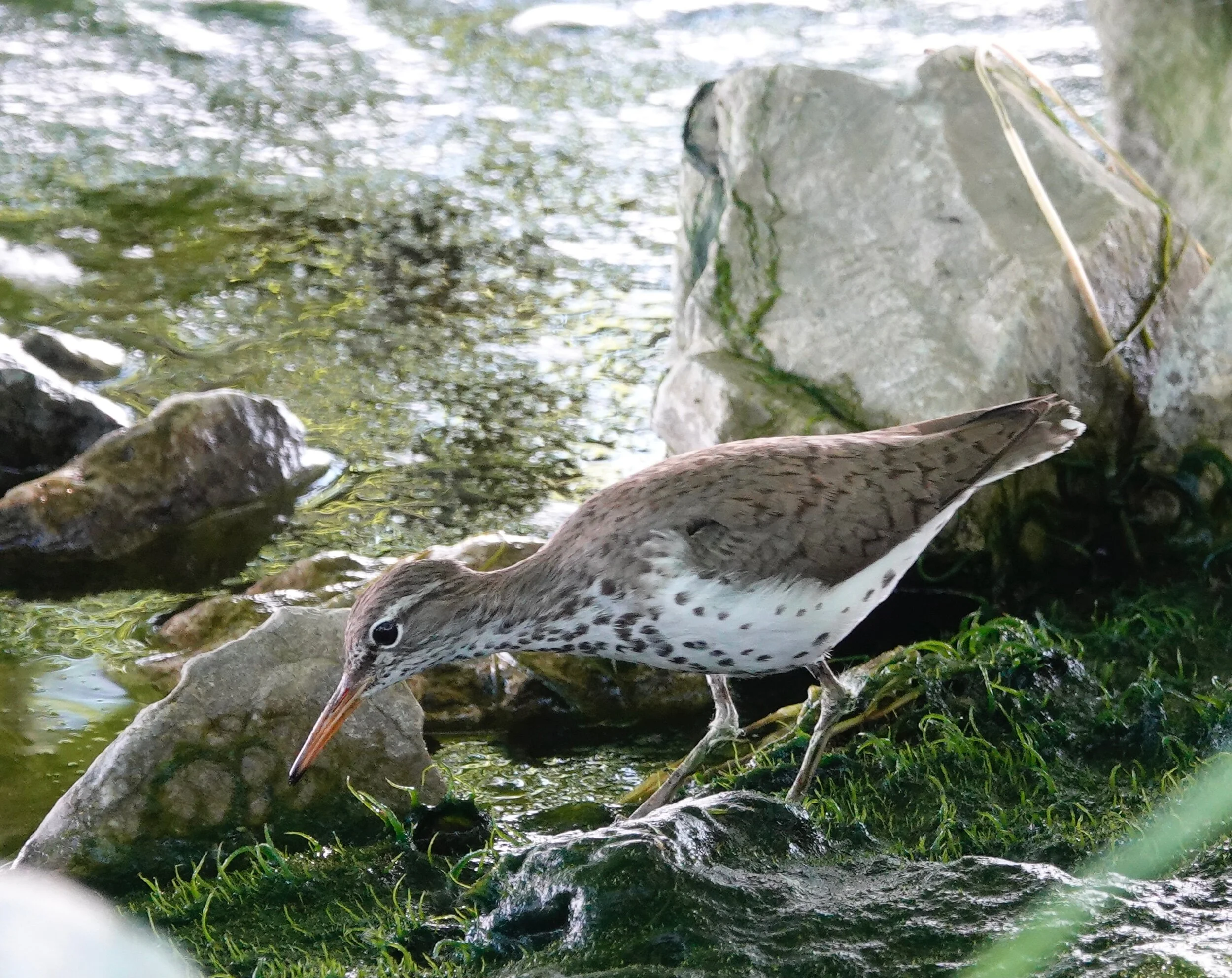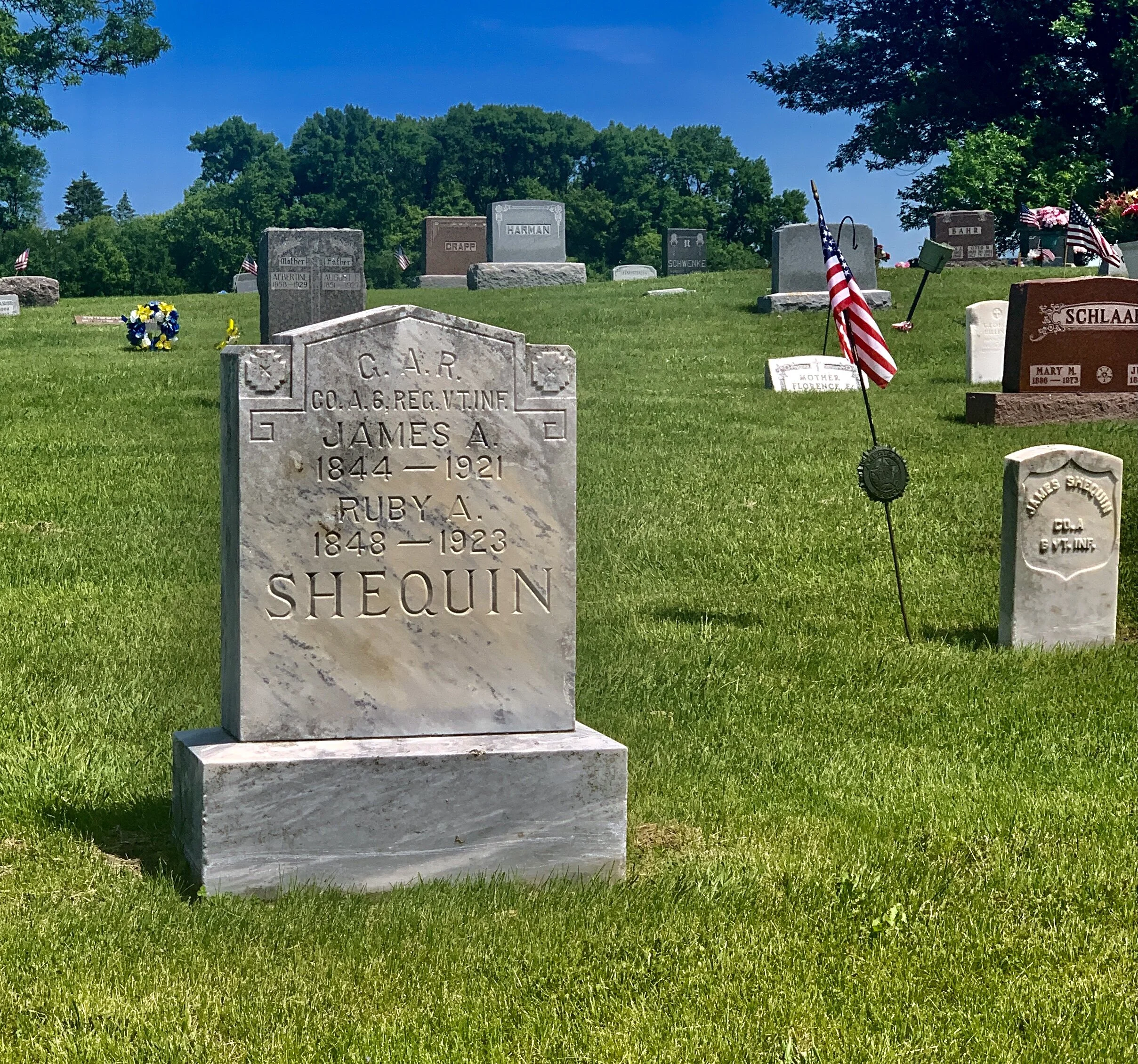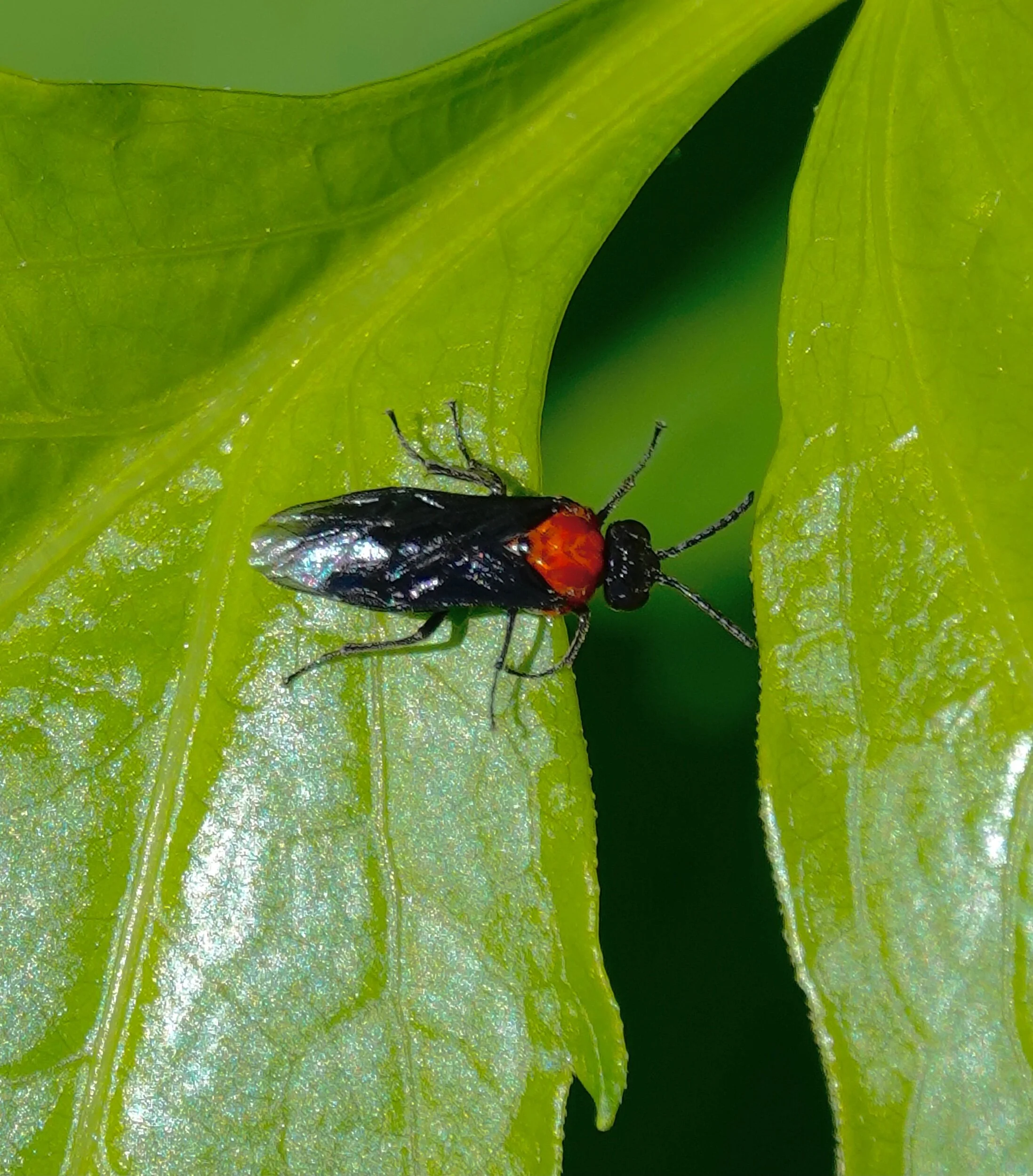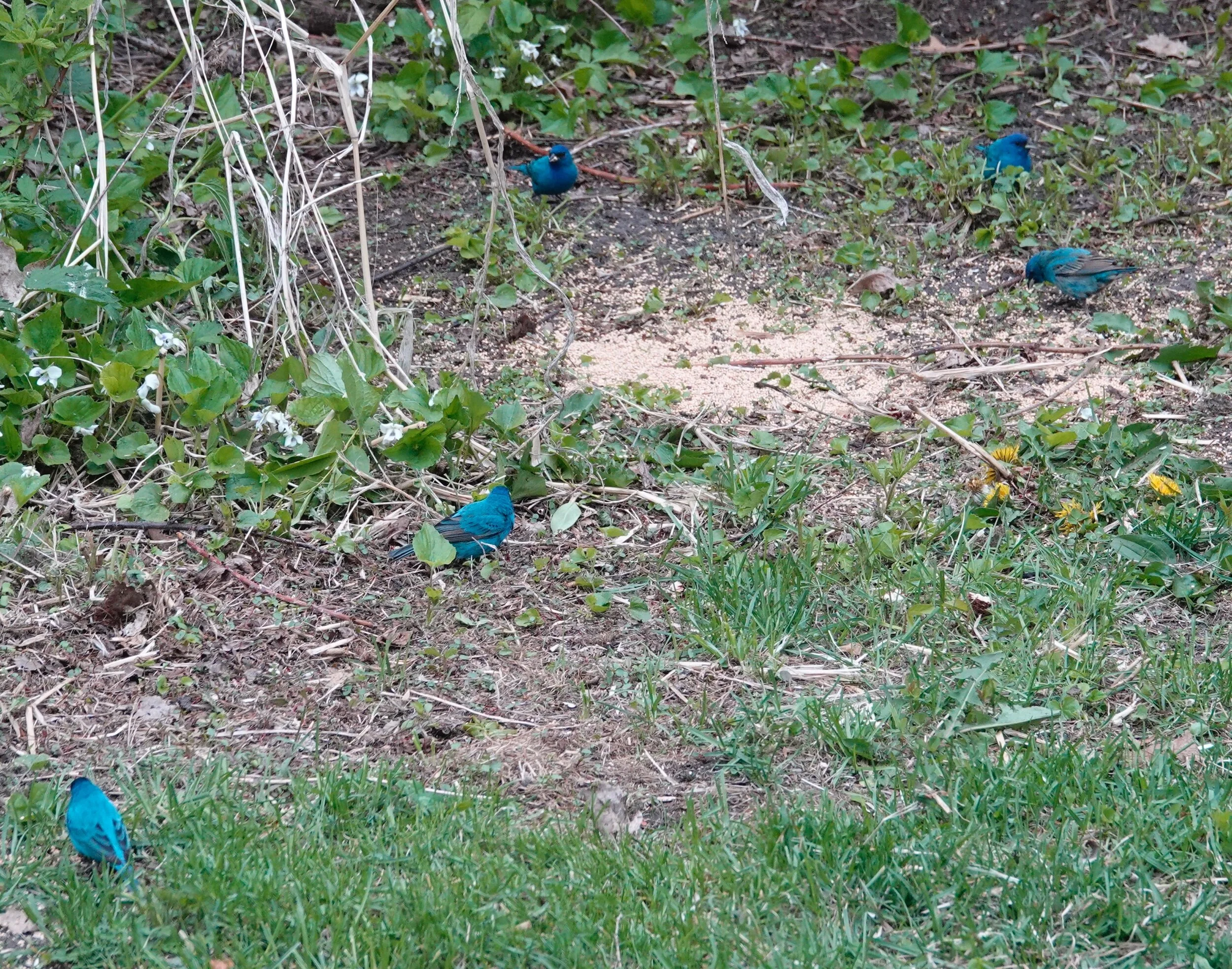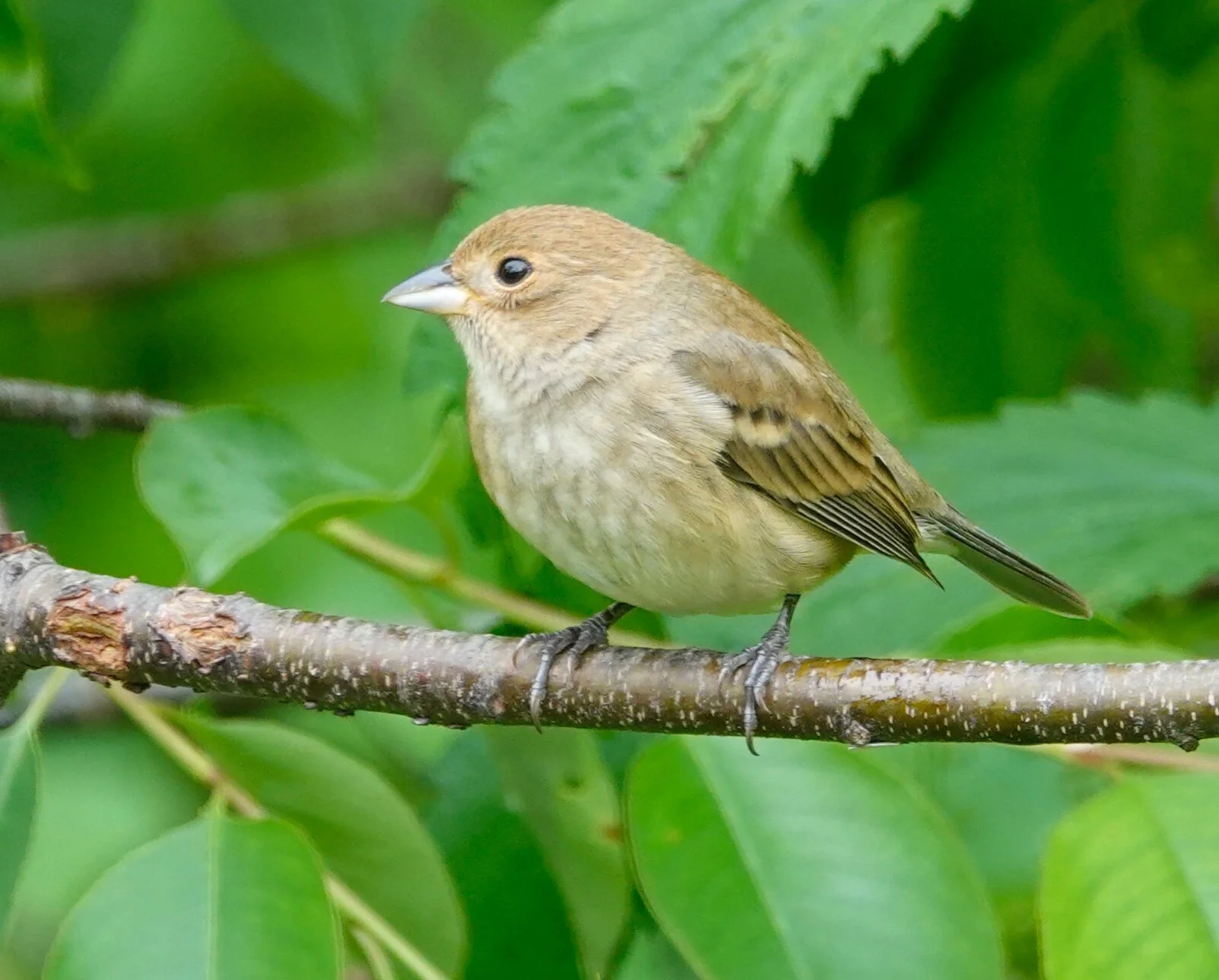Naturally
I watched a red-headed woodpecker and was taken with its beauty. Many woodpeckers have some red on their heads, but the red-headed woodpecker sets the standard. By the turn of the 20th century, red-headed woodpeckers had suffered population declines due to several factors. Road mortality, competition with European starlings for nesting cavities and the harvesting of their feathers all contributed to the decline. Populations of many avian species were reduced to provide feathers for women’s hats. Farmers killed red-headed woodpeckers because they damaged fruit and berry crops. Further population declines were observed from the 1930s on. Habitat loss, the limited availability of nesting sites and road mortality worsened the decline. Turkey vultures are also lovely redheads, but I’ve heard one described as unpleasantly beautiful.
I took photos of trumpeter swans on a day when I’d enjoyed the company of bald eagles, wood ducks and a peregrine falcon. The remarkable recovery of these four species reminded me that in this time of population decline for many birds, waterfowl and raptors are doing well. I looked at the illustrations of “The Sibley Guide to Birds,” (the book weighs as much or more than a red-tailed hawk), to marvel at the colors of the wood duck.
I delved into corners and saw damselflies, needle-shaped odonates that fold wings over their abdomen when perched (unlike dragonflies).
In early to mid-June, 2-3 weeks after the goslings hatch, adult Canada geese molt and are unable to fly for about a month. Goslings cannot fly until around mid-July when they’re 8-12 weeks old. During the molt, resident geese lose their flight feathers and remain flightless from mid-June to early July. This vulnerability causes the geese to become secretive, preferring areas that provide food and water. Goslings fly in 63 days and adults in 32 days after losing their flight feathers.
Q&A
“The stripes on the heads of white-throated sparrows vary in color. Why?” The striking stripes on the heads of white-throated sparrows are either white or tan. Author Pete Dunne said, “White-throated Sparrows come in two plumages—stunning and shabby.” The two color forms are genetically determined. All males prefer females with white stripes. All females prefer tan-striped males.
“Did women wear birds on their hats at one time?” Such fashion would lay an egg today, but in the late 19th and early 20th century, birds were killed for their feathers. On Manhattan's Ladies' Mile, a principal shopping district, retail stores sold the feathers of snowy egrets, white ibises and great blue herons. Stuffed owl heads found their way onto hats. At Cape Cod, 40,000 terns were killed in one season by an agent of the hat trade. Frank Chapman, ornithologist and field guide writer, described heron massacres, “Mercilessly they were shot down at their roosts or nesting grounds, the coveted feathers are stripped from their backs, the carcasses are left to rot, while the young in the nest above are starving.” Entire songbirds were used on many hats, mounted on wires and springs that permitted the heads and wings to move in a natural manner. Chapman counted 40 different species of birds on women’s hats in New York City over two days in 1886. In 1896, a Boston socialite Harriet Lawrence Hemenway read an article about feather hunting. She was upset by what the article described and took action. She contacted her cousin, Minna B. Hall, and together they organized a series of teas where they asked the wealthy ladies who attended to stop wearing hats with feathers. Over 900 women joined the cause and boycotted feathered hats. In 1896, women didn't have the right to vote and had difficulty being taken seriously by politicians and other powerful people. Hemenway convinced scientists and Bostonian men to help her form the Massachusetts Audubon Society, the oldest Audubon Society in the country, which in 1897, played a key role in convincing that state’s legislature to outlaw the wild bird feather trade. The Migratory Bird Treaty Act of 1918 made it unlawful, unless licensed, to pursue, hunt, take, capture, kill, possess, sell, purchase, barter, import, export, or transport any migratory bird.
“What kind of jelly should I feed orioles?” Grape jelly is good, the darker the better they like it. The birds will take orange marmalade or cherry, strawberry, apple or raspberry jams or jellies. All brands are good, but a woman told me that her orioles ate only Welch’s. She tried Smucker’s, but they ignored it. She gave it to her husband because he eats anything. Some people add crushed grapes to grape jelly for additional nutrition and offer mealworms separately.
Thanks for stopping by
“Nature is filled with words of love, but how can we listen to them amid constant noise, interminable and nerve-wracking distractions, or the cult of appearances?"—Pope Francis
“All it takes is one good person to restore hope.”—Pope Francis
Do good.
©Al Batt 2021
Old coots need to stretch. Photo by Al Batt

